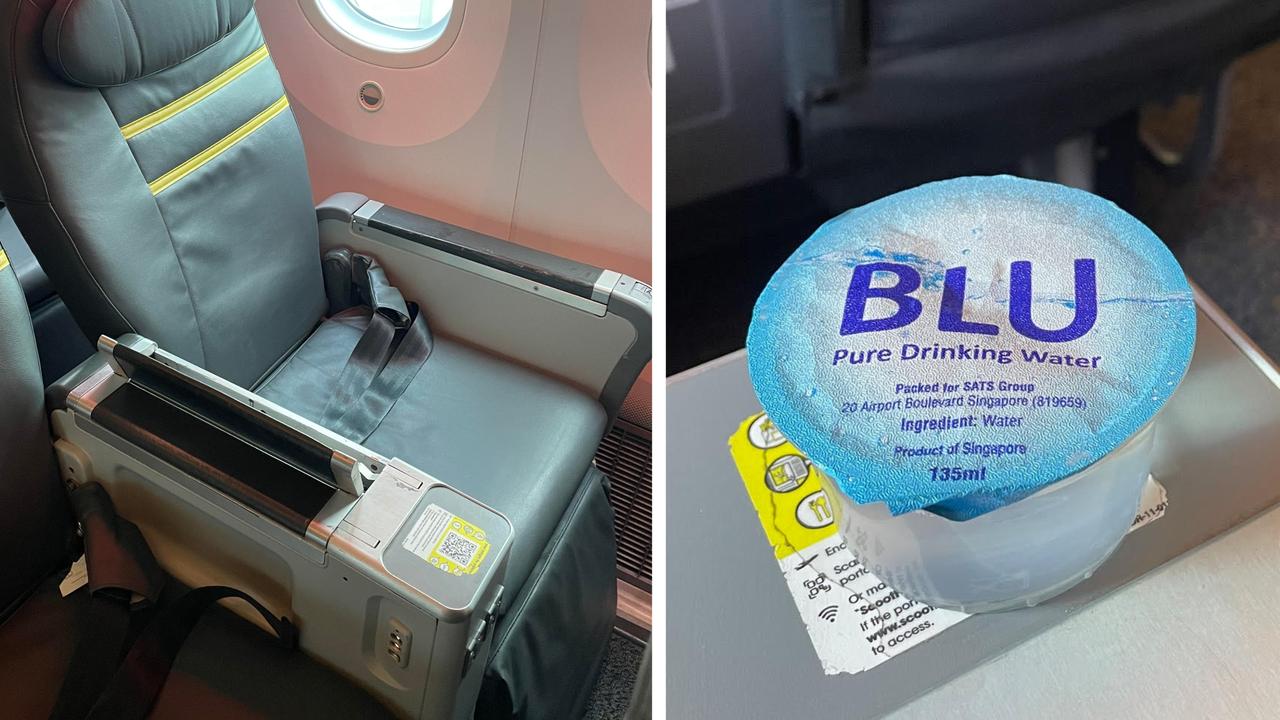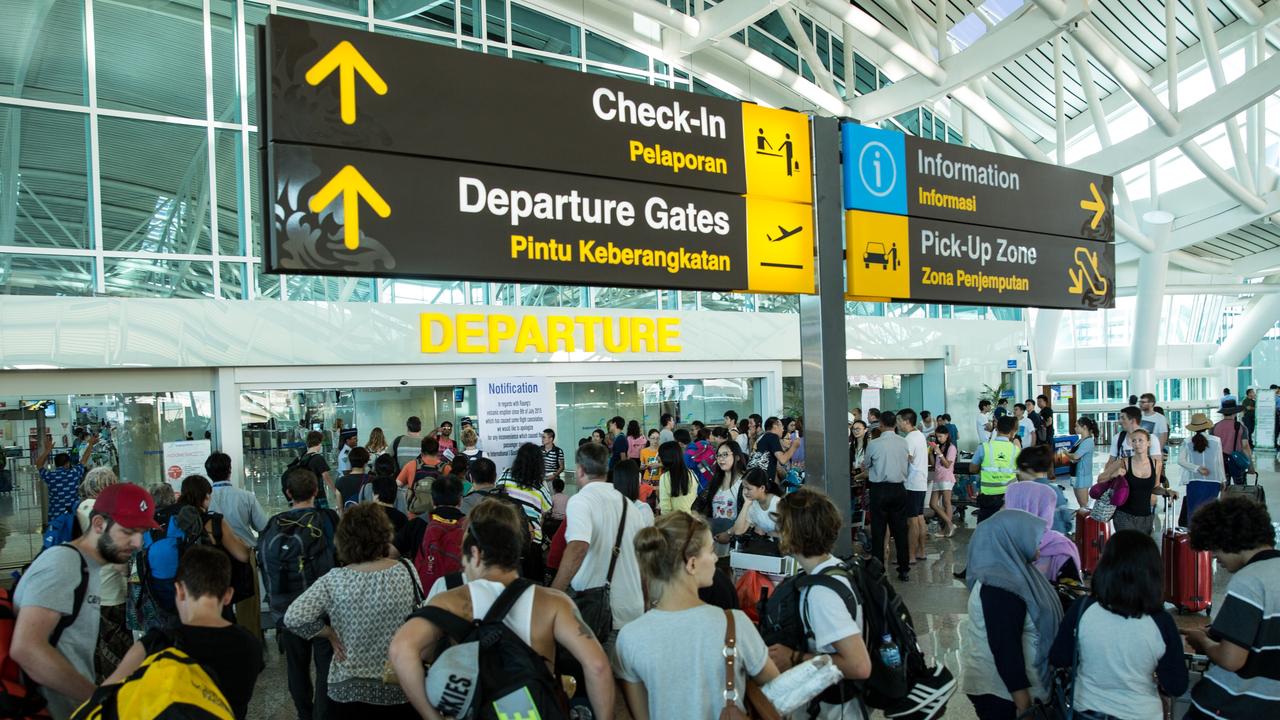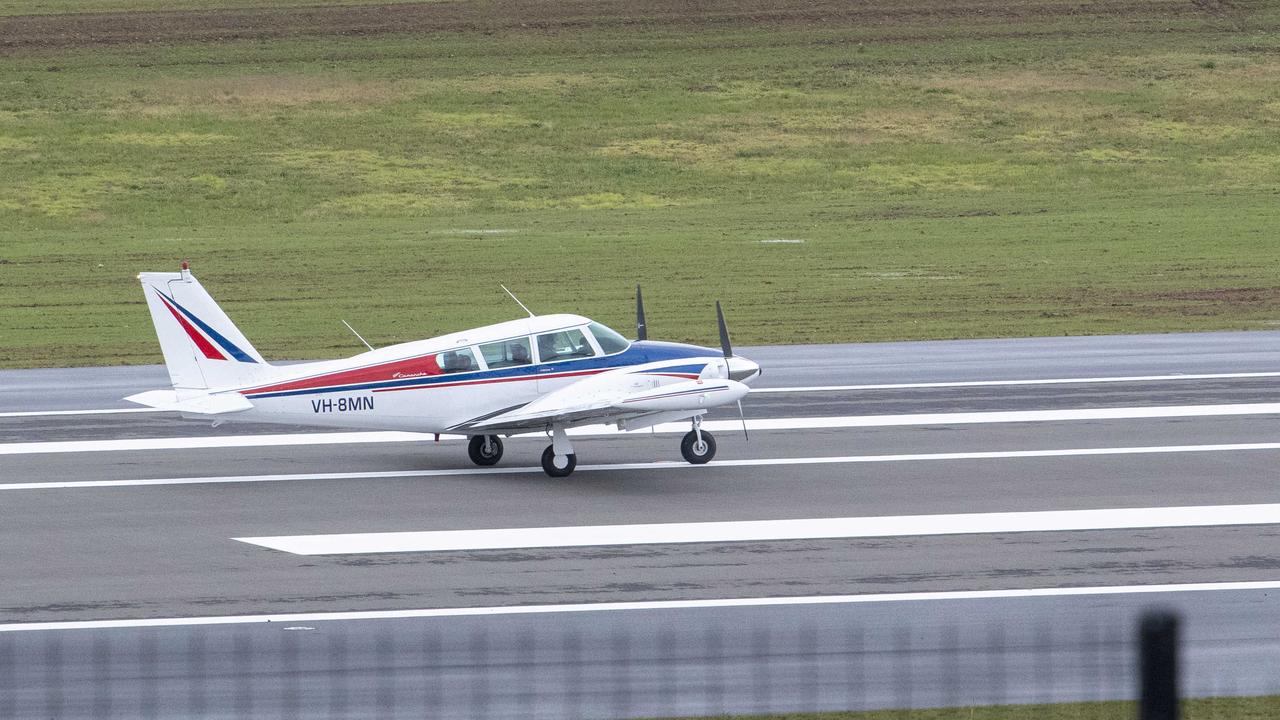How Australian airports, passports will change for future travel
It’s no secret that the pandemic has changed the world forever – and it looks like how we check in at the airport is also about to change.

The coronavirus pandemic has changed the world forever – including how we travel. Certainly things like check-in, and even going through security at an airport, will look a lot different in a post-pandemic world.
According to experts, how we fly in Australia – both internationally and within our own backyard – is set to change forever once the travel cogs start turning again.
Australia’s Avalon Airport in Melbourne, Victoria’s second busiest airport, has unveiled just how it plans to use new technologies as travel restarts, a reflection of how ports around the world will adapt once travel opens up.

Speaking at media briefing organised by Amazon Web Services (AWS) to discuss the future of air travel in Australia and abroad, Avalon Airport’s CEO Justin Giddings said computerised tomography (CT) security screening has been installed in both international and domestic terminals, eliminating perhaps one of the most annoying parts of going through security.
The technology basically means whatever electronics or liquids you have in your bag stays put – rather than having each passenger lug out laptops, tablets or mobile phones before going through the security screen.
Mr Giddings said the advanced technology is imperative in today’s climate, where social distancing measures are in place and people want to eliminate public touch points and congregating in crowds as much as possible.
“You can simply leave everything in the bag, put it through the system and get out of there as quickly as possible,” Mr Giddings said.
“This means no need to get people hustling to try and get items out of bags … also making sure passengers are separate going through security.”
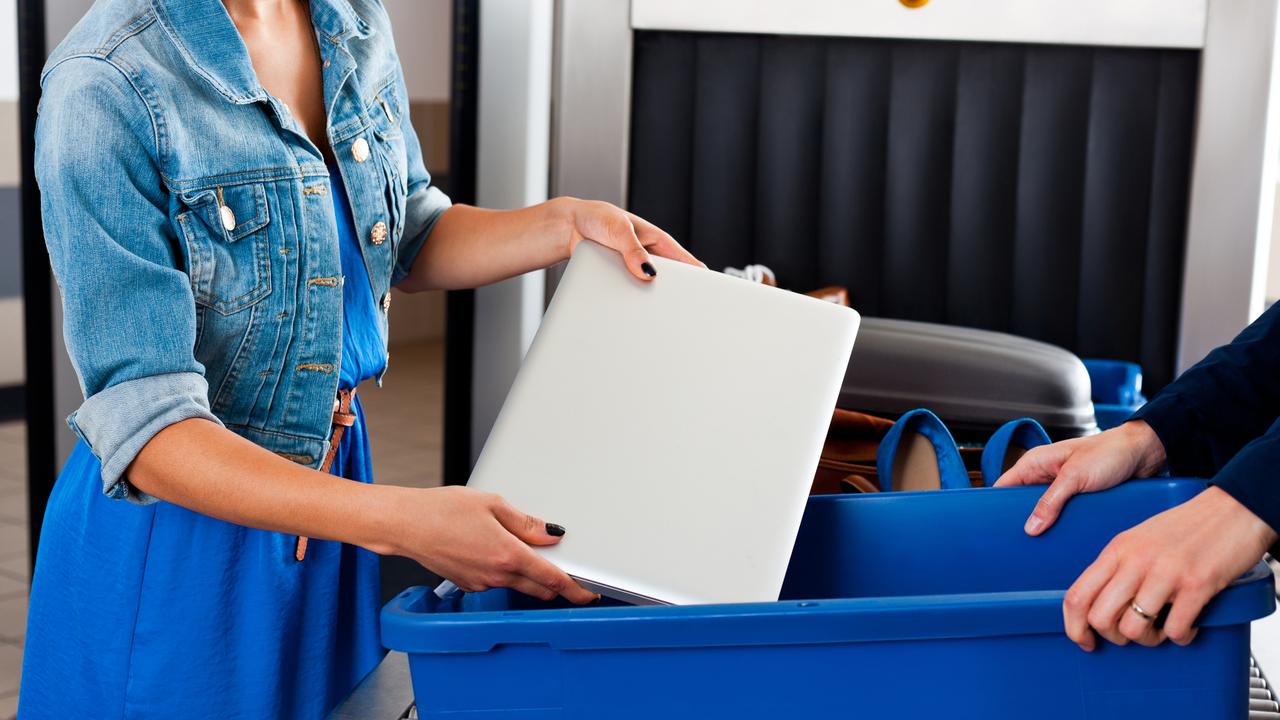
Mr Giddings said his airport has also used the lockdown period to introduce touchless check-in screens and bag drop systems supplied by Melbourne-based technology provider Elenium Automation. Mr Giddings said these new check in system “reduces critical touch points”, and allows airport personnel to let passengers through with confidence. The system also enables passengers to scan in and scan out of the airport, like at a restaurant, so they can be contact traced if necessary.
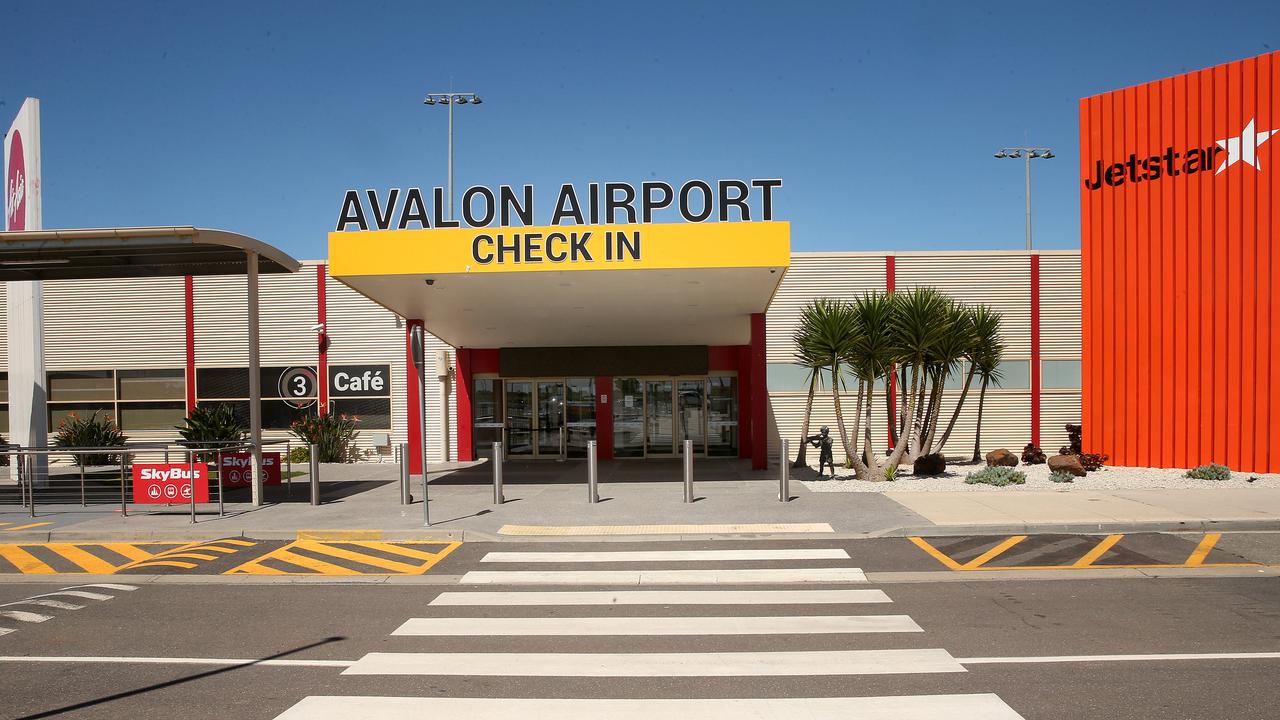
The technology, which was originally designed for passengers with disabilities, is a perfect development for “the public who don’t necessarily want to touch common surfaces,” Mr Giddings said.
Aaron Hornlimann, CEO of Elenium Automation, said these new technologies were just the beginning of how airports – and even in-flight services – will change in the new world of travel.
Speaking of how passengers will have a different experience in the air, Mr Hornlimann said the biggest change will be how we receive entertainment and even food and drinks.
“There will be no more seat-back pockets,” he told news.com.au.
“Safety cards and food menus will be displayed on the seat-back screens and accessible digitally via your phone.
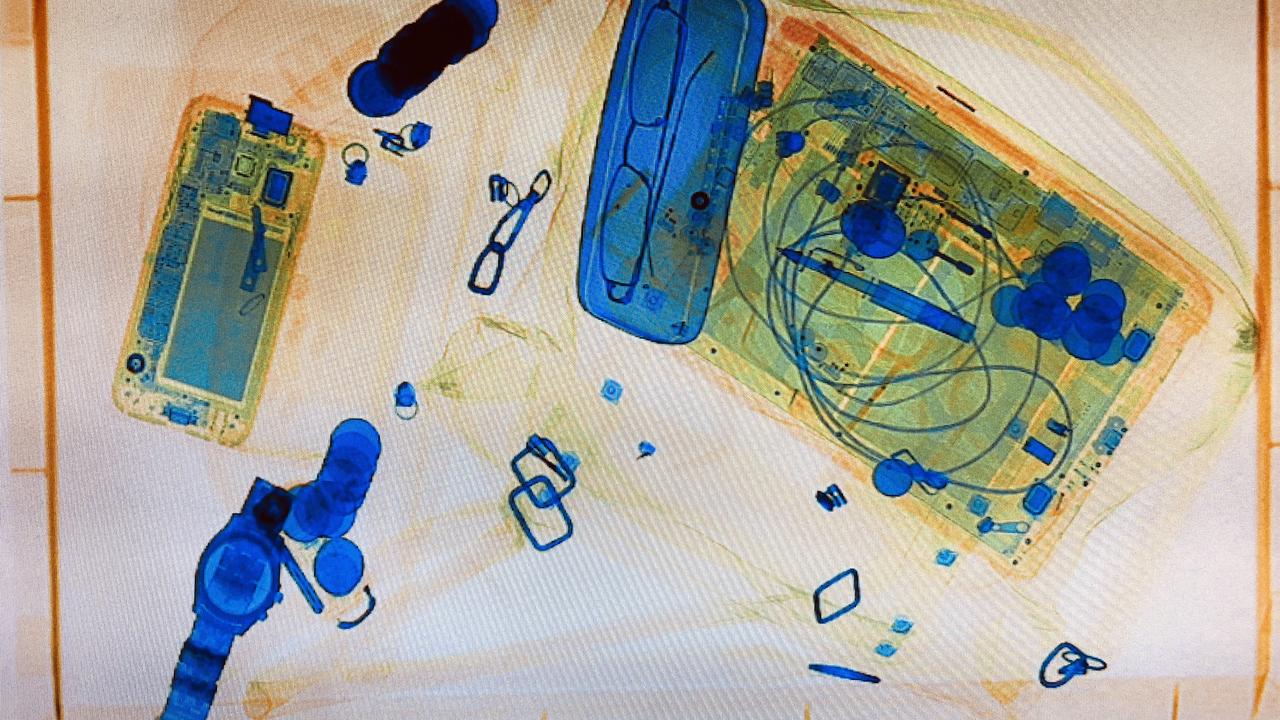
“There will be digital toilets, where queues are managed and ultraviolet lights disinfect germs after each visit. And purchases on board will all be cashless.”
Mr Hornlimann said touchless technologies will be more pervasive during and following this global pandemic, and expects airlines will eventually – like a FitBit – track a passenger’s health and vital signs.
“Like FitBit can track your sleep, an airline will be able to track your temperature for example,” he said.
“So you may well not have one when you board the aircraft, but you could develop one in-flight and the airline will be able to detect that and take the appropriate steps before landing. “There are many applications of these types of technologies which will change our flying experience in the near future.”


